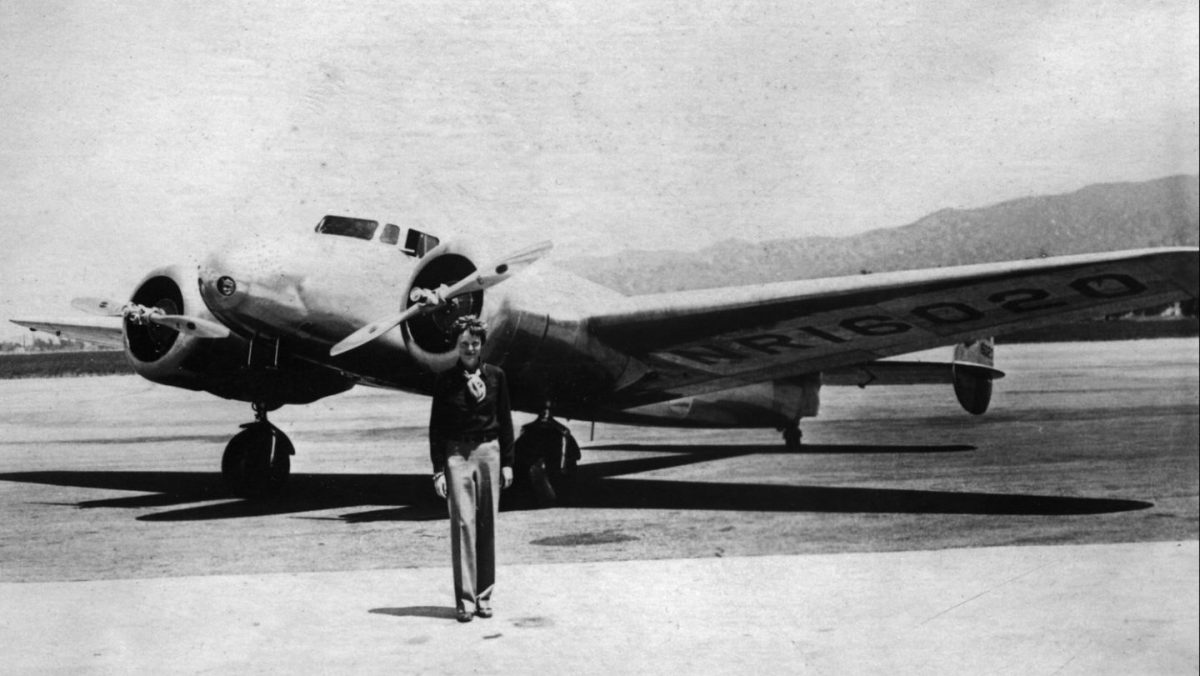On July 2, 1937, aviator Amelia Earhart and her navigator Fred Noonan disappeared, bringing a tragic end to their quest to fly around the world.
Eighty years later, National Geographic‘s Archaeologist-in-Residence Fredrik Hiebert believes he can at last definitively locate her remains, with the help of man’s best friend.
Forensic dogs may be the key to a golden age of archaeology—Hiebert notes that their noses are more effective than “ground-penetrating radar.” (Indeed, the dogs have found burial sites up to 1,500 years old and located as much as nine feet underground.)
“For me, after 25 years of fiddling around with machines, this is really exciting,” he tells RCL.
Of course, these aren’t just any dogs: they’re meticulously trained graduates from the Institute for Canine Forensics. Forensic dogs can focus on the smell of a single chemical compound. The result is that (depending on their training) they are capable of detecting everything from bombs to cancer.
Their ability to smell human remains is truly remarkable, as Hiebert reports last year dogs detected “human DNA in the dust of a cave.”
Now comes the chance to locate the remains of Earhart and Noonan and then, through DNA testing, confirm their identities. Thomas F. King’s book Amelia Earhart’s Shoes: Is the Mystery Solved? posited the theory that the pair died on Nikumaroro Island in the South Pacific. Indeed, remains and clothing were discovered there, including, yes, shoes. But testing could not be performed because the bones were lost in 1940 during the chaos of World War II.
Now there’s a chance to get a definitive answer.
If Hiebert’s 16-day expedition is successful, a decision will be made on whether or not to turn the findings into a television special.
Of course, not every promising lead results in a remarkable discovery, as Geraldo Rivera infamously proved when he entered Al Capone’s Vaults.
Hiebert says the possibility of disappointment doesn’t phase him: “This is not a research project where I say, ‘I know I’m going to find this.’ Or ‘Behind Door 1, I know there’s going to be a washing machine.’ It’s more, ‘Here’s a door and, if I don’t open it, I’ll regret it all my life.’”
Should the canines succeed in locating remains (whether or not DNA testing links them to the legendary aviator), Hiebert says he’s eager to continue exploring “forensic dogs as a new tool for archaeology.” Indeed, he’s already contemplating their next mission: “I will then take the dogs to Egypt to look for mummies. That’s what I want to do. Wouldn’t that be amazing?”
Below, Hiebert discusses how Indiana Jones inspires him as an actual archaeologist. At bottom, see forensic dogs in the field.
This article was featured in the InsideHook newsletter. Sign up now.
























